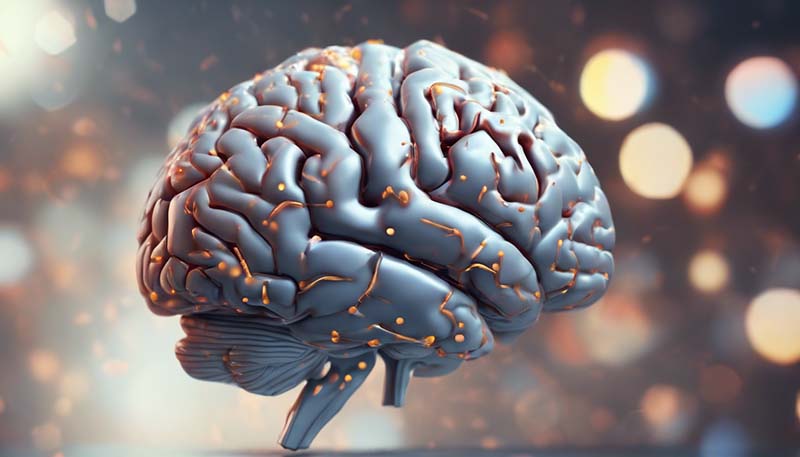The Science Behind Emotions: Understanding the Brain and Behavior
The study of emotions is a fascinating and complex field that explores the intricate relationship between the brain, behavior, and emotional experiences. Emotions are a fundamental aspect of human existence, shaping our thoughts, actions, and interactions with others. By examining the science behind emotions, we can gain a deeper understanding of the brain and behavior, leading to improved mental health, better interpersonal relationships, and a more fulfilling life.
Introduction to Emotions
Emotions are psychological states that involve a mix of cognitive, physiological, and behavioral components. They are often characterized by feelings, thoughts, and physical sensations that can be experienced in varying intensity and duration. Emotions can be positive, such as happiness, love, or excitement, or negative, such as anger, fear, or sadness. They serve as a crucial means of communication, helping us to convey our inner experiences to others and navigate the social world.
Advertisement
The study of emotions has been approached from various perspectives, including evolutionary, cognitive, and social psychology. Researchers have sought to understand the functions of emotions, their underlying neural mechanisms, and their influence on behavior. This article will delve into the science behind emotions, exploring the brain's role in generating and regulating emotional experiences and the implications for human behavior.
Neuroscience of Emotions
The brain plays a central role in the generation and regulation of emotions. Key brain structures involved in emotional processing include the amygdala, prefrontal cortex, hippocampus, and insula. These regions are interconnected through complex neural networks that facilitate the integration of emotional information and the modulation of emotional responses.
The Amygdala
The amygdala, located in the medial temporal lobe, is often referred to as the "emotional brain." It is particularly involved in the processing of emotionally salient stimuli, such as threats or rewards. The amygdala receives sensory input and evaluates the emotional significance of the stimuli, triggering appropriate emotional responses. For example, when we encounter a dangerous situation, the amygdala alerts the brain, leading to the activation of the "fight or flight" response.
Prefrontal Cortex
The prefrontal cortex, located at the front of the brain, is responsible for higher-order cognitive functions, such as decision-making, planning, and social behavior. It plays a crucial role in regulating emotions by modulating the activity of the amygdala and other limbic structures. The prefrontal cortex helps us to assess the situation, evaluate potential outcomes, and choose appropriate actions to cope with emotional challenges.
Hippocampus
The hippocampus, also located in the medial temporal lobe, is primarily involved in memory formation and consolidation. It plays a role in the emotional processing by associating emotionally charged events with specific memories. This enables us to recognize and respond appropriately to similar situations in the future.
Insula
The insula, situated within the lateral sulcus, is involved in the processing of interoceptive information, such as bodily sensations and emotions. It helps us to become aware of our emotional states and communicate them to others through facial expressions, body language, and vocalizations.
Functions of Emotions
Emotions serve several essential functions that contribute to our survival and well-being. Some of the primary functions of emotions include:

- Adaptation: Emotions help us to adapt to our environment by guiding our attention and resources towards significant stimuli and away from irrelevant ones. They enable us to prioritize our goals and respond effectively to changing circumstances.
- Communication: Emotions facilitate social interaction by providing a means of conveying our internal states to others. They help us to build and maintain relationships, cooperate, and navigate complex social hierarchies.
- Motivation: Emotions can act as motivators, driving us to pursue certain goals or avoid specific outcomes. Positive emotions, such as happiness and excitement, can energize and inspire us, while negative emotions, like fear and anger, can alert us to potential threats and prompt us to take action.
- Coping: Emotions play a vital role in coping with stress and adversity. They help us to process and make sense of challenging experiences, allowing us to learn from them and grow emotionally and mentally.
Emotion Regulation
Emotion regulation refers to the processes by which individuals influence the intensity, duration, and expression of their emotions. Effective emotion regulation is crucial for mental health and well-being, as it enables us to maintain emotional balance and respond adaptively to various situations.
There are several strategies for emotion regulation, including cognitive reappraisal, which involves changing the way we think about a situation to alter its emotional impact, and expressive suppression, which involves inhibiting the expression of emotions. Other strategies include problem-solving, seeking social support, and engaging in relaxing activities.
The ability to regulate emotions is influenced by various factors, including genetics, personality, and life experiences. Developing effective emotion regulation skills can lead to improved mental health, better interpersonal relationships, and greater overall well-being.
Conclusion
The science behind emotions reveals the intricate workings of the brain and its role in shaping our experiences, thoughts, and behaviors. By understanding the neural mechanisms and functions of emotions, we can develop strategies to regulate our emotional responses and improve our mental health and well-being. As we continue to explore the complexities of the human mind, the study of emotions will undoubtedly provide valuable insights into the essence of our humanity.
Leave A Comments